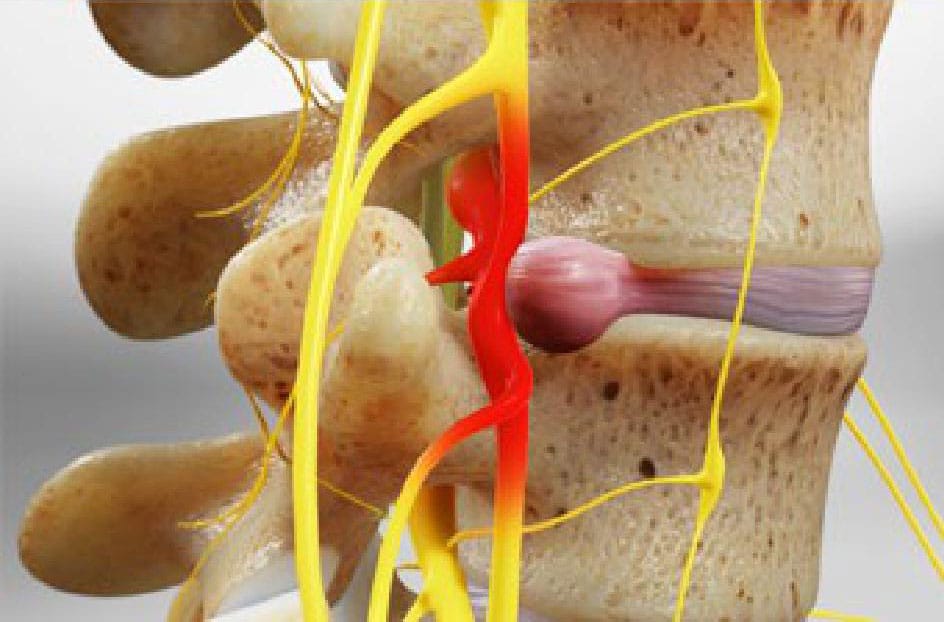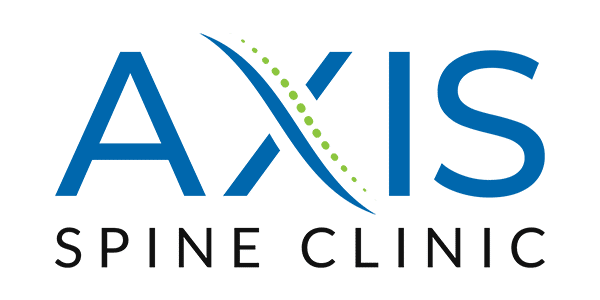Spinal Stenosis
Spinal stenosis is a degenerative disease which affects approximately 95 percent of the population; however, less than 10 percent of people who have stenosis will need surgery.
It is generally the culmination of a number of issues ─ including disc herniation, bone spurs, thickened ligaments, and the wear and tear of arthritis ─ which cause a narrowing of the spinal canal. This puts pressure on nerve roots, or the spinal cord, which can radiate to other parts of the body. Identifying the causes for stenosis is the first step toward determining treatment.
Dr. C.J. Berg works closely with patients to identify the source of their pain and discomfort and seek solutions for resolving chronic neck and back issues. A board-certified neurosurgeon, with more than 8 years of experience in military leadership positions (including neurosurgical consultant to the U.S. Air Force Surgeon General), and a Healthcare MBA, he approaches each situation with a broad knowledge base and a commitment to beginning with the least aggressive, and most effective, treatments possible.
When to See a Neurosurgeon for Stenosis
By the time most patients see a neurosurgeon about stenosis symptoms, they have already been to their primary physician, who has referred them to physical therapy.
While most patients with stenosis are able to find relief with physical therapy, anti-inflammatory medications, pain management and modified activity, those who continue to struggle are advised to consult with a surgeon. Close to 25 percent of patients who do seek out a neurosurgeon’s guidance will ultimately need surgery.
Getting the Right Stenosis Diagnosis
In order to find the right fix for the right patient, diagnosis is key. Because neurological complaints often do not present as physical exam findings, it’s important to get a thorough patient history to ensure that the description of pain and other symptoms coincides with imaging and other diagnostic tests.
Dr. Berg will ask a series of detailed questions to dig deeper:
- How long has the pain been there?
- How is it progressing?
- How much of the pain is in the back and the neck versus what is radiating down the arms and legs?
- Is there a lot of back pain, and not a lot of leg pain? Can it be something else, in addition to the stenosis?
- Is there also an element of instability across an otherwise degenerative segment? This might indicate a fusion is needed to stabilize the spine.
In order to make a thorough diagnosis, Dr. Berg will focus on three key indications:
- Correlating symptoms
- Matching up back versus leg pain
- Matching patient descriptions to imaging findings
Contact Dr. Berg’s office today to learn more about spinal stenosis and schedule a consultation.
Surgical Options for Stenosis
You don’t need to have surgery for stenosis unless it is causing severe pain, it’s not being managed, it’s causing weakness, or it’s damaging neurological structures, including bowel or bladder dysfunction.
If surgery is the best option, the next step is decompression, or discectomy, to remove what is causing pain and impairment. If there is instability, Dr. Berg will restabilize the spine with implants and hardware.
- Decompression removes a ruptured disc or bone spur that is pinching or compressing the nerve.
- If necessary, stabilization with implants and hardware will help preserve motion.
- While fusion may take away motion, it can increase range by alleviating pain.
Getting the surgery you need to resolve a chronic or acute issue does not necessarily put you on a path for more spinal surgeries. The right surgery can eliminate the problem permanently so you can get back to living life as soon as possible.
Recovering from Stenosis Surgery
Dr. Berg wants patients to be able to return home as quickly as possible to recover in the comfort of their own surroundings.
Most spine surgeries are outpatient or require just an overnight stay in the hospital. Outpatient surgeries may be done at a hospital or an outpatient surgery center.
Post-surgery:
- Most patients will have weightlifting restrictions, and some light activity restrictions, for several weeks.
- Most patients are ready to resume all activities without restrictions after two or three months
- A spinal fusion may require a brace for a few weeks after surgery.
- Dr. Berg will monitor progress as patients gradually increase physical activity.
- Most patients are ready to resume all activities without restrictions after two-three months.
- Most patients are off pain medications within two weeks.
- Dr. Berg will follow up at one-month, three-month, and 12-month intervals.
Spinal Stenosis Treatment in Columbus, Ohio
Dr. C.J. Berg is a board-certified neurosurgeon with a mission to revolutionize the way spine health is viewed, managed, and treated. He is committed to getting to the root cause of chronic neck and back pain so that he can diagnose accurately and treat effectively, utilizing the least invasive surgical (and nonsurgical) techniques and the most advanced recovery methods to allow patients to get back to living their lives as soon as possible. To schedule a consultation, please call (614) 468-5333 or book an appointment online.

Stenosis Symptoms
- Arm weakness/difficulty using hands
- Stiff neck
- Numbness and pain in hands and/or arms
- A heavy, or tired, feeling in buttocks, back, and legs while standing or walking, which could also cause cramping
- Weakness, pain, or numbness in legs, which makes it difficult to walk
Potential Causes of Stenosis
- Age-related wear and tear
- A large disc herniation which causes compression
- Cancer
- Changes in the neck due to arthritis
- Lack of blood supply
- Pressure on nerves and spinal cord due to bones spurs
- Trauma

